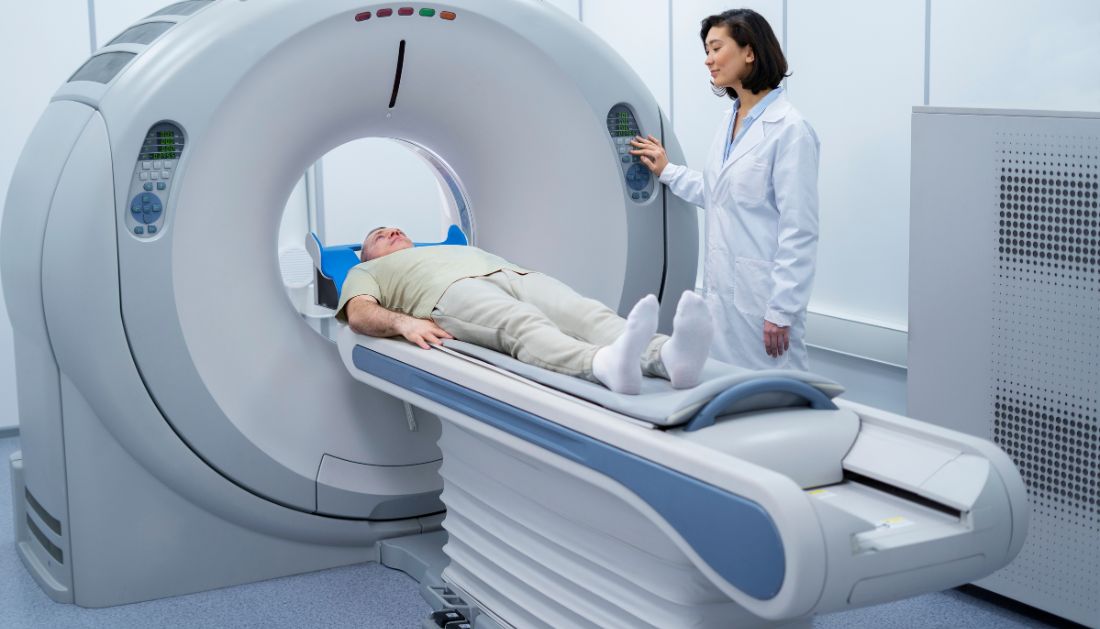

A recent study published in JAMA Internal Medicine reveals a sobering projection: CT scan overuse in the United States may be responsible for up to 5% of all new cancer diagnoses in the future. Based on 93 million CT scans performed on 62 million individuals in 2023, the researchers estimate approximately 103,000 lifetime cancer cases may result—highlighting the need for urgent attention to diagnostic imaging practices.
Understanding the Link Between CT Scan Overuse and Cancer
CT scans play a crucial role in diagnosing conditions ranging from fractures to life-threatening tumors. However, they also expose patients to ionizing radiation—a well-documented carcinogen. The study found that the cancer risk from CT scans is influenced by various factors such as radiation dose, scanned body area, patient age and sex, and the imaging protocol.
Children are particularly vulnerable, with roughly 9,700 projected cancer cases from pediatric CT scans in 2023 alone. While per-scan risk is higher in younger populations, adults contribute to the majority of cases due to the volume of scans performed.
CT Scan Overuse Statistics from 2023
-
Total scans performed: 93 million
-
Estimated cancer cases: 103,000
-
Range of projections: 80,000 – 127,000
-
Cancer types linked: Lung, colon, leukemia, bladder, and breast (in women)
-
Most implicated scan types: Abdominal/pelvic (37%), Chest (21%), Brain (children)
The study used sophisticated modeling tools developed by researchers at institutions like the Institute of Cancer Research, Kaiser Permanente, and UCSF, incorporating age- and sex-specific dose estimates along with widely recognized BEIR VII cancer risk models.
Global Contrast in CT Scan Practices
While CT scan overuse is becoming a public health concern in the U.S., practices in other nations show a different approach. In the UK, for example, stringent clinical justification protocols limit CT usage to under 100 scans per 1,000 people annually—far below the U.S. average of 250 scans per 1,000. This suggests a model where necessary imaging is performed with minimal population risk.
Reducing Cancer Risk from CT Scan Overuse
The researchers emphasize two primary strategies to curb this growing problem:
-
Reduce unnecessary CT scans: Especially those of low clinical value.
-
Optimize radiation doses: Tailoring imaging protocols to the patient’s age, body part, and diagnostic necessity.
Dr. Rebecca Smith-Bindman, a radiologist at UCSF, explains that dose variation across hospitals remains high—even within the UK—and calls for more consistent application of dose-reduction technologies and protocols.
While CT scans remain invaluable in modern medicine, the cumulative public health risk posed by CT scan overuse cannot be ignored. Striking a balance between diagnostic necessity and radiation safety is critical.
As Professor Amy Berrington concludes:
“For individual patients, the risk may be low, but when scaled across millions, it becomes significant. Avoiding unnecessary scans and using appropriate doses can prevent thousands of future cancers.”
For more information: Rebecca Smith-Bindman. 2025. Projected Lifetime Cancer Risks From Current Computed Tomography Imaging. JAMA Internal Medicine. https://jamanetwork.com/journals/jamainternalmedicine/fullarticle/2832778
more recommended stories
 Cognitive Distraction From Conversation While Driving
Cognitive Distraction From Conversation While DrivingKey Takeaways (Quick Summary) Talking, not.
 Fat-Regulating Enzyme Offers New Target for Obesity
Fat-Regulating Enzyme Offers New Target for ObesityKey Highlights (Quick Summary) Researchers identified.
 Spatial Computing Explains How Brain Organizes Cognition
Spatial Computing Explains How Brain Organizes CognitionKey Takeaways (Quick Summary) MIT researchers.
 Gestational Diabetes Risk Identified by Blood Metabolites
Gestational Diabetes Risk Identified by Blood MetabolitesKey Takeaways (Quick Summary for Clinicians).
 Phage Therapy Study Reveals RNA-Based Infection Control
Phage Therapy Study Reveals RNA-Based Infection ControlKey Takeaways (Quick Summary) Researchers uncovered.
 Pelvic Floor Disorders: Treatable Yet Often Ignored
Pelvic Floor Disorders: Treatable Yet Often IgnoredKey Takeaways (Quick Summary) Pelvic floor.
 Urine-Based microRNA Aging Clock Predicts Biological Age
Urine-Based microRNA Aging Clock Predicts Biological AgeKey Takeaways (Quick Summary) Researchers developed.
 Circadian Control of Neutrophils in Myocardial Infarction
Circadian Control of Neutrophils in Myocardial InfarctionKey Takeaways for HCPs Neutrophil activity.
 E-Cigarette Use and Heart Attack Risk in Former Smokers
E-Cigarette Use and Heart Attack Risk in Former SmokersKey Takeaways for Clinicians and Nurses.
 36-Week Pre-eclampsia Screening May Reduce Term Risk
36-Week Pre-eclampsia Screening May Reduce Term RiskA New Preventive Strategy for Term.

Leave a Comment